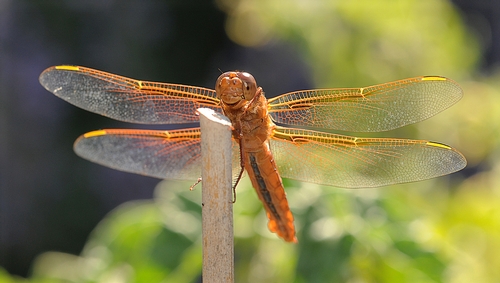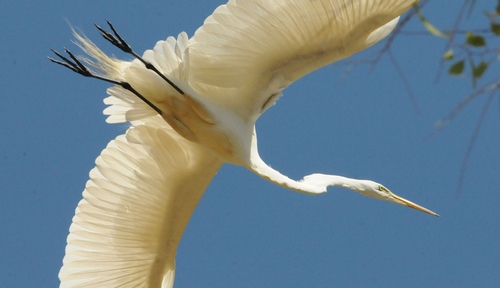You may have heard about the "Bug Boot Camp" that ant specialist Phil Ward, professor of entomology at the UC Davis Department of Entomology, conducts for graduate and undergraduate students every other summer.
The real name of the five-week field course is "Insect Taxonomy and Field Ecology" (Entomology 109) but everyone calls it "Bug Boot Camp." The primary goal is to acquaint students with the taxonomic and biological diversity of insects. The students--aka happy campers--gather at the UC Sagehen Creek Field Station, located about 6,800 feet on the eastern slopes of the Sierra Nevada.
That's the Bug Boot Camp. Now there's a newly launched "Bio Boot Camp."
The Bio Boot Camp, though, is a one-week camp for young teens interested in science, particularly entomology and wildlife biology. It's sponsored by the Bohart Museum of Entomology and the Museum of Wildlife and Fish Biology (MWFB).
Youths entering the seventh, eighth or ninth grades this fall and who have a passion for science are invited to apply. The camp will be limited to a maximum of 16 youths.
The basics:
Dates: June 20 to 24
Site: UC Davis campus with an overnight stay at the UC Sagehen Creek Field Station.
Registration: See UC Davis Campus Recreation program or contact Tabatha Yang, education and outreach coordinator for both the Bohart Museum and MWFB, at tabyang@ucdavis.edu.
Activities at the full-day camp will include observing animals, comparing valley to mountain fauna, collecting insects and exploring the anatomy of a dissected bird, she said.
“The goal of the camp is to provide an educational opportunity for students who already have a passion for entomology and wildlife biology, but who have outgrown most other camps and are still too young for internships,” Yang said. “We want to fill that gap, and expose them to the process of science as it is conducted at a top research institute like UC Davis.”
“A specialized camp like this has been frequently requested by visitors to the museum and participants in our other education and outreach programs,” Yang said.
Campers will search for and collect insects, dissect a bird, observe mammals and survey fish with other who share the same keen interests, Yang said. Monday through Wednesday, participants will delve into the research conducted at the museums and several research sites along Putah Creek as well as other locations on campus.
On Thursday and Friday the camp will explore the Sierras with a Thursday overnighter at the Sagehen Creek Field Station.
The two museums sponsoring the Bio Boot Camp are both located in Academic Surge on California Drive, UC Davis campus.
The Bohart Museum, located at 1124 Academic Surge and part of the UC Davis Department of Entomology, houses a worldwide collection of nearly eight million insect specimens and a “petting zoo” of live insects such as Madagascar hissing cockroaches and walking sticks. It is the seventh largest insect museum in North America and is open to the public Monday through Thursday and on special weekends
The Museum of Wildlife and Fish Biology, located in 1394 Academic Surge and part of the Department of Wildlife, Fish and Conservation Biology, houses one of the most significant modern collections of birds, mammals, and fish in California. It is among the top ten collections of vertebrates in California and the third-largest university-managed collection in the state. The MWFB is dedicated to education, outreach, conservation, and research. This museum is not generally open to the public, but tours can be arranged in advance.
Attached Images:

Flame Skimmer

Great egret